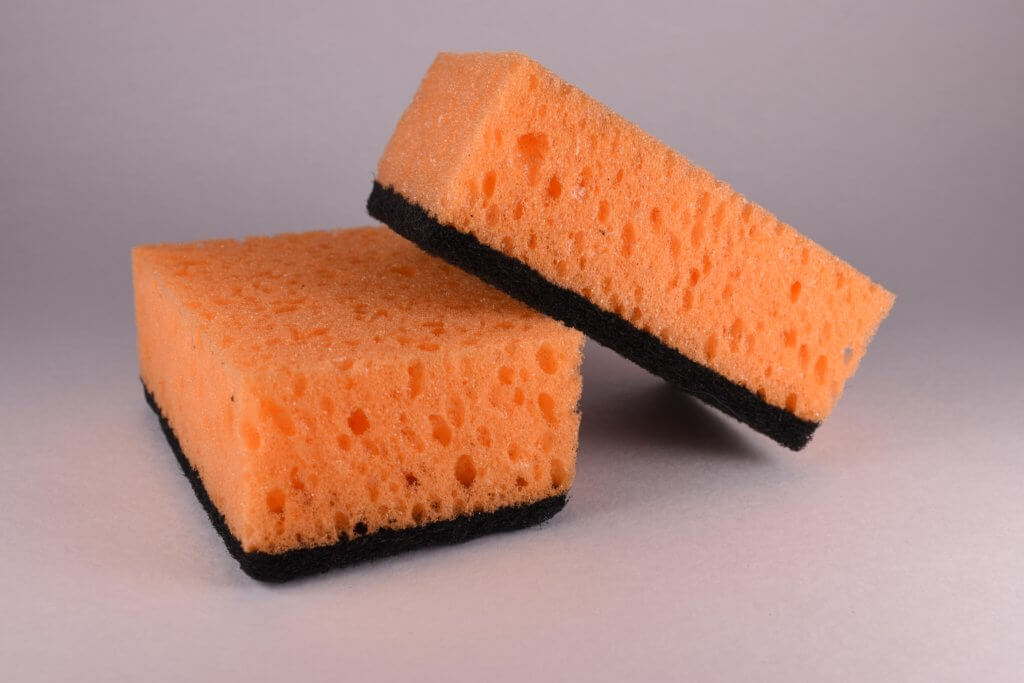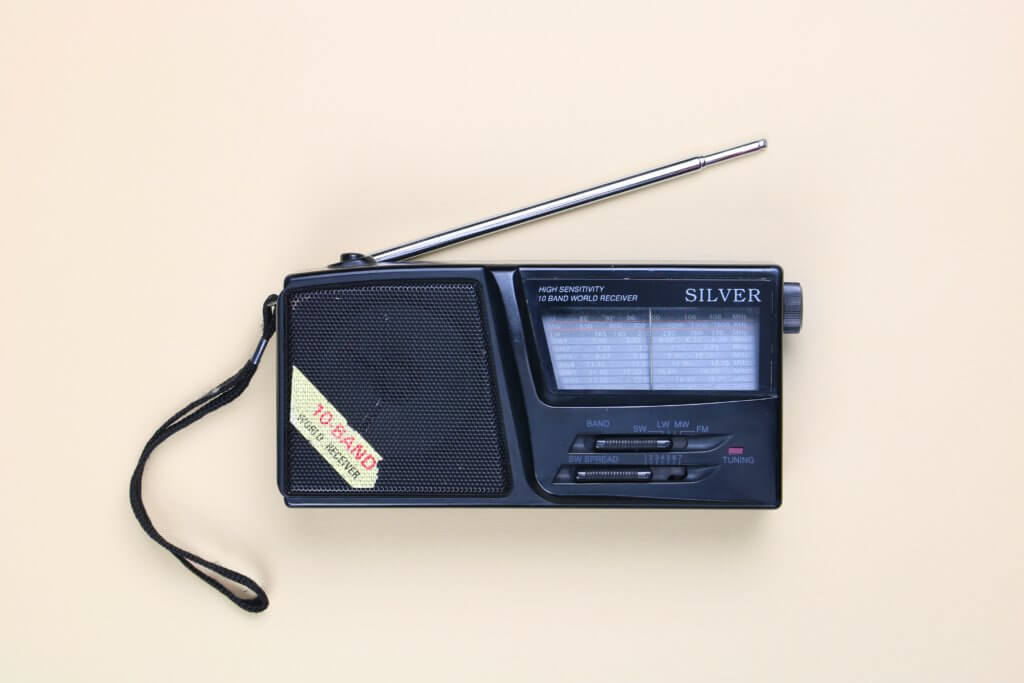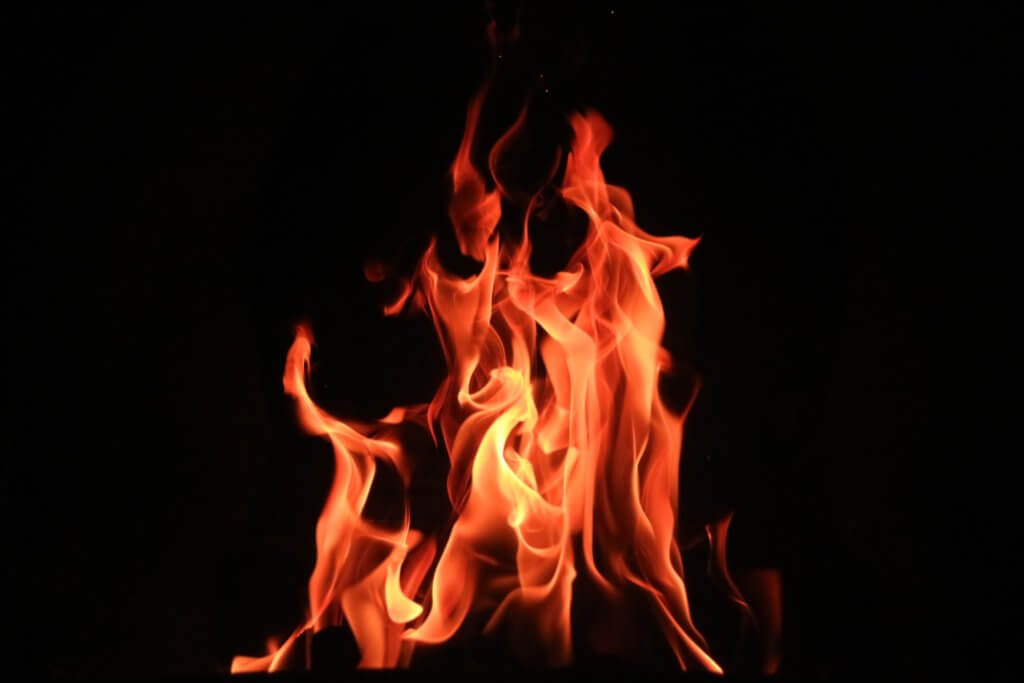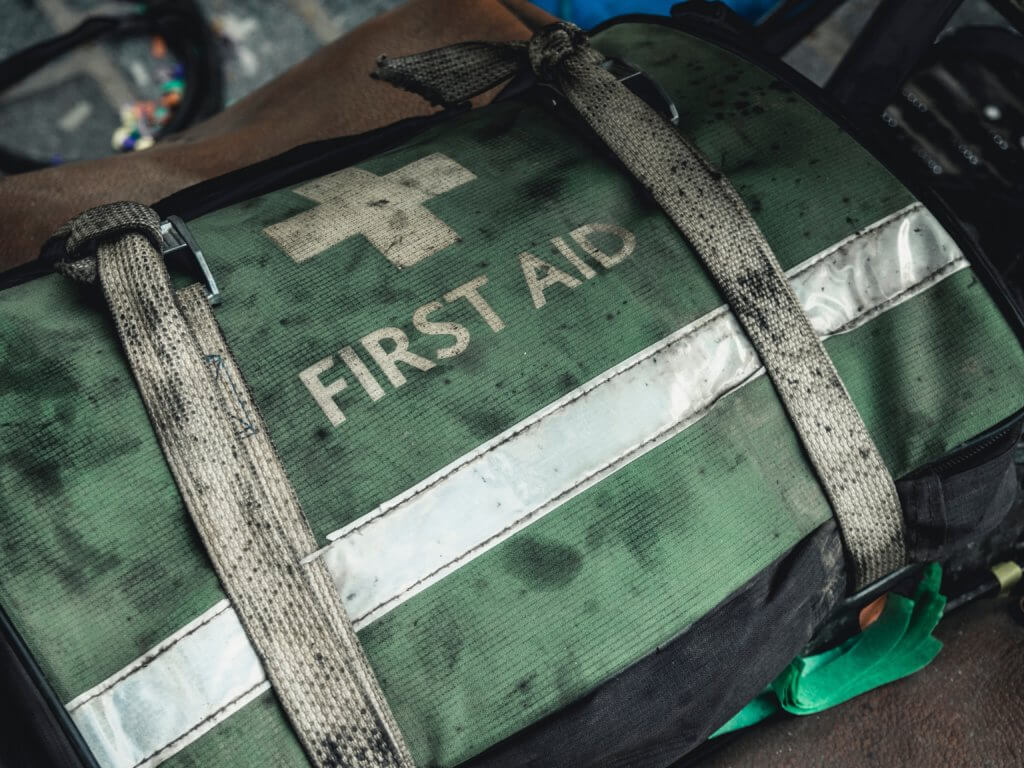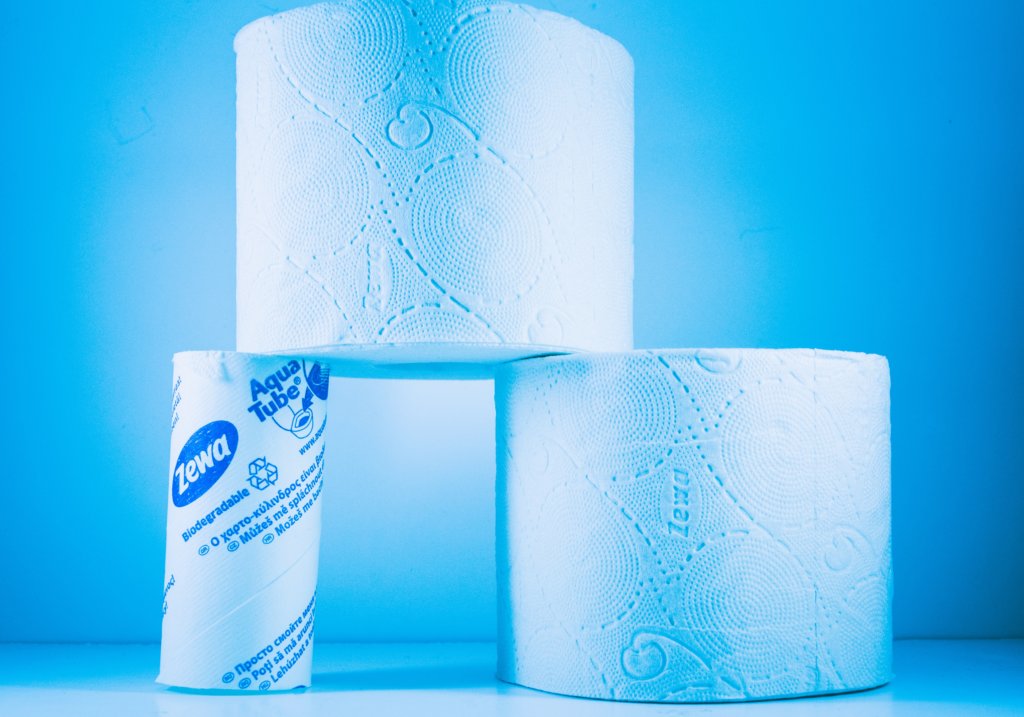5 Things Nobody Should Have Under Their Kitchen Sink
It’s easy to use our hidden compartments as junk drawers and cupboards for things with no real storage place. The under-sink kitchen cabinet is one of the most popular sites for hoarding clutter.
Because it’s such a convenient location, this small hidey-hole can quickly become packed. Stuffed full of things you don’t even remember you have. It’s readily available for your immediate stowing, but that doesn’t make it the wisest place to keep everything.
There are some things nobody should ever store in the under-sink kitchen cabinet. For safety reasons or pure efficiency, make sure you keep these five items anywhere but there!
1. Things You’ll Never Use
The under-sink area often becomes the dumping grounds for things you “might use someday.” Translation: Everything you won’t remember you have and will end up buying again anyway.
It’s a collect-all for things like:
- Old lightbulbs of various sizes
- Wrong-sized trash bags you keep in case you ever buy a bin that matches
- Plastic containers of emptied products (with or without matching lids)
- Extra sponges
While you’re checking what’s underneath the kitchen sink, it’s an excellent time to declutter. Get rid of those things you’ll never use and the items you wish you’d remember you had but that are now unusable!
2. Anything Electronic
For the most part, we don’t intend to have plumbing issues. Leaks still happen, though. When that slow drip from the fixtures under the sink goes unnoticed, it’s bad news for your supplies down there.
A good rule of thumb is, if it has a plug or a computer brain, it doesn’t belong where it can potentially get wet. And it runs a high risk of getting wet in the under-sink kitchen cabinet!
This area is already naturally damp and dark. Possible leaky pipes seal the “no-deal” for any electronics to get stored here.
Sure, you’re probably not going to put your iPad under the sink. But you might not think twice about the crockpot or waffle-maker. Unless you want to replace it when it gets damaged, find a better place to keep it safe!
3. Flammable Goods
No one wants to think about their harsh chemicals and hazardous products bursting into flame randomly. Yet the truth is that this can and does happen!
Linseed/flaxseed oil is in many products and has been the cause of many household fires. This ingredient is the crucial cleaning agent in wood polishes.
Most of us reuse the dry rag that we clean our wood furniture with, but how you store it is crucial since it has a history of spontaneously combusting.
It would help if you always stored these oiled rags in a metal container sealed with a cover. When you’ve finished with them, dispose of them properly instead of washing and drying them. The heat from the dryer may add to the likelihood of spontaneous combustion.
Vegetable oils, massage oils, and drying oils can also self-heat to the point that they ignite themselves to combustion.
Toxic chemicals shouldn’t be under a sink anyway, especially if you have little ones or furry family members. They need to be out of reach of children and pets, preferably in a locked cabinet.
4. First-Aid Supplies
No home is complete without the necessary first-aid supplies. From bandages and antibiotic ointments to the medications that stop the sniffles, we all need them. It’s where we keep them stored that differs in each household.
Some people keep their kits in the under-sink kitchen cabinet. Experts recommend that you store your medical things almost anywhere but here!
The space under the sink is prone to moisture and humidity. Both of these elements can affect how well your first-aid supplies work.
Bandages lose their adhesive ability. Medications can lose their potency if you store them in an area with high humidity, like a cabinet near the dishwasher.
Side closets, the bathroom medicine cabinet, or a cupboard away from the sink and dishwasher are all better options. Make sure they’re in reach for emergencies but locked away from little ones and pets.
5. Paper Products
Packages of paper towels, napkins, and paper bags are awkward to store. They don’t fit in drawers and are in the way when you leave them on counters. That makes the under-sink cabinet the easy default option, right?
It sounds simple, but if you keep paper products down in that area, it’s almost like throwing away your money. With moisture and humidity in such a small place, anything cardboard or paper is going to end up ruined.
The natural dampness is terrible enough. But if there’s a leak in the pipes, your boxes, and the contents of them, will get wet.
If you live in an area that is prone to roaches or mice, there’s another reason to avoid paper products stored under this cabinet. Pests like these enjoy dark, damp areas, and they love eating paper products or using them for their nests!
Conclusion
Your under-sink kitchen cabinet can become the junk drawer of the cupboard space. Just because there’s an empty spot doesn’t mean you should shove all your “out of sight, out of mind” stuff in it!
Yes, it’s a great place to keep things you don’t use frequently. But many items should never make their homes in this dark, damp cabinet.
There are better, safer places for your things (especially for the downright dangerous stuff). Be sure the five items mentioned on this list aren’t under your kitchen sink!
